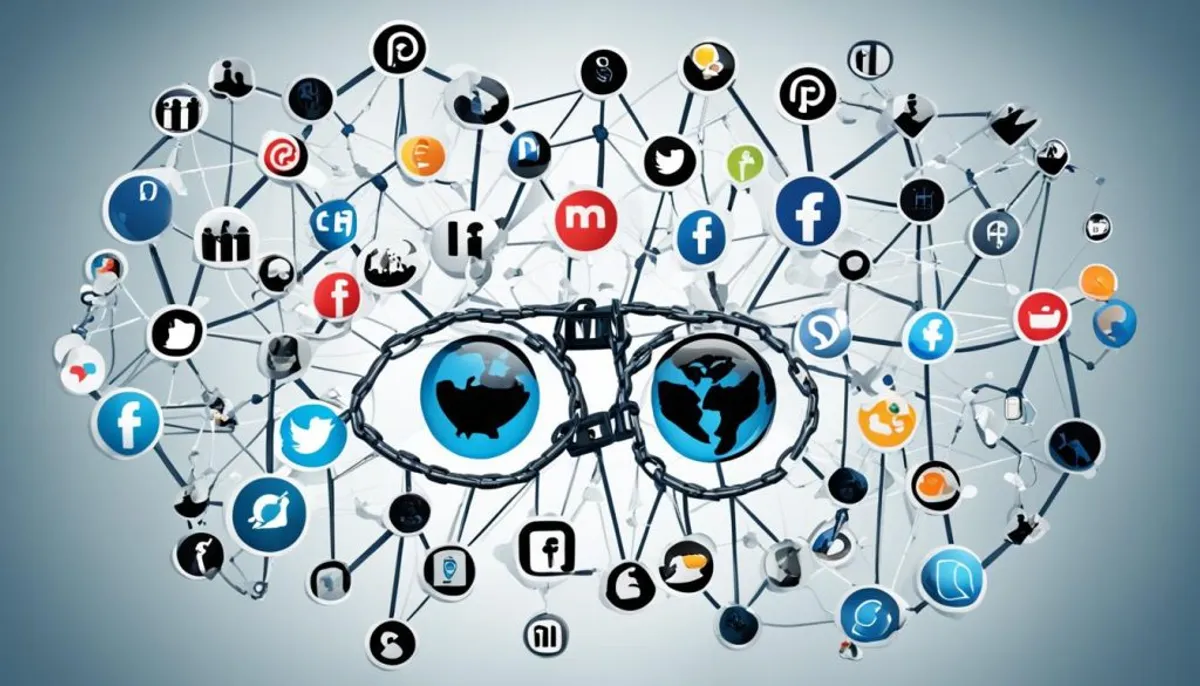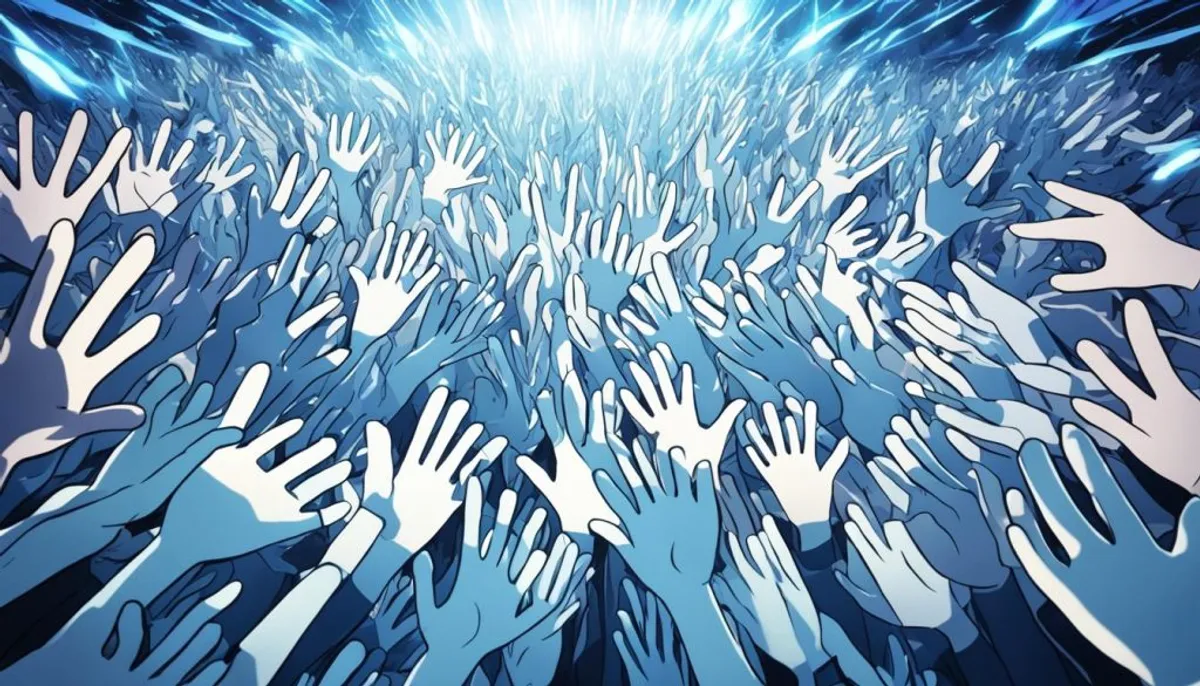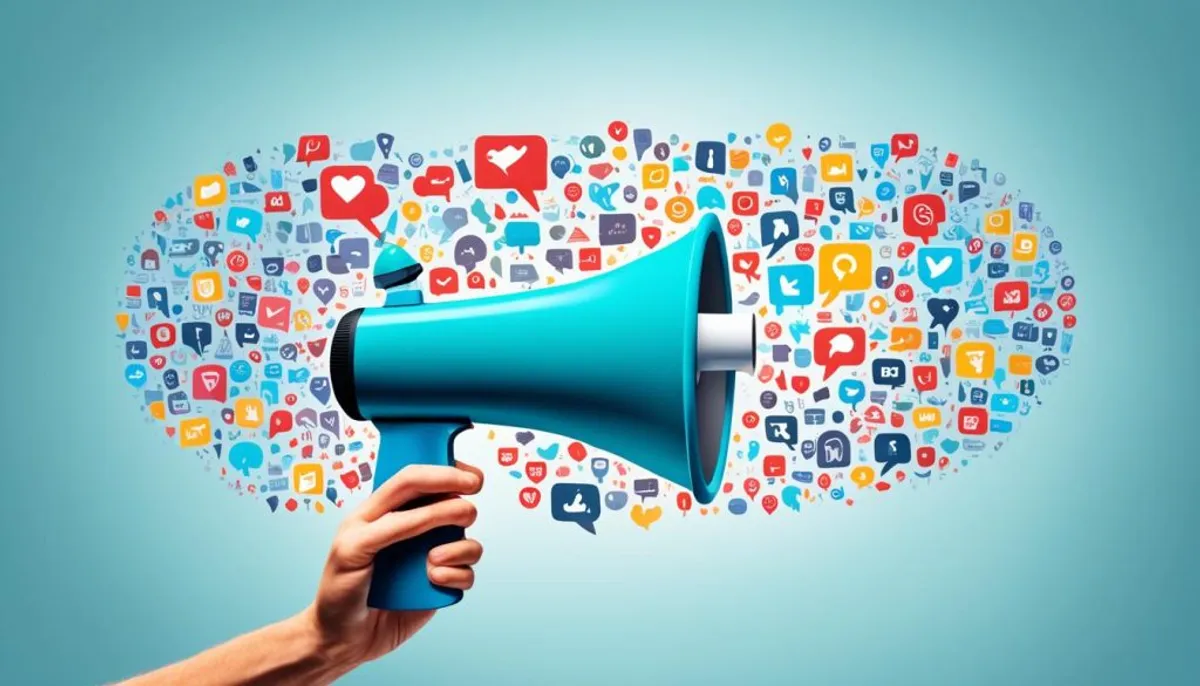Social media seems harmless, letting young people stay in touch with friends and family. It also helps them make new friends and share their lives. But, there’s a dark side to it. Social media is now linked to planning and showing violence.
Russia used Twitter to spark violence in Syria. The Myanmar military used Facebook to start a genocide. Radical groups like ISIS spread extremist views and recruit on social media. They also target victims, share manifestos, and plan attacks.
Even those not planning violence can get caught up in it. Social media’s algorithms focus on what gets more likes and shares. This means violent and angry content gets more attention.

Social networks are not just about violence. They can also be used for cyberbullying, online harassment, spreading false information, and stealing personal data. They can also be used for social engineering attacks, spreading extremist propaganda, identity theft, cyber stalking, and fake news.
As we connect more through digital platforms, we must be aware of the risks. It’s important to know how social networks can be misused and find ways to reduce these risks.
The Alarming Rise of Social Media Addiction
Nowadays, people spend over 2 hours daily on social media. This has led to a rise in social media addiction. This addiction affects both individuals and society deeply.
Signs and Symptoms of Unhealthy Usage
The signs of social media addiction are clear:
- Spending too much time on social media, ignoring other important tasks
- Feeling anxious or irritable when you can’t use social media
- Always needing to check social media for updates or messages
- The online disinhibition effect, where people act differently online, leading to cyberbullying and big arguments
- Getting used to seeing violence online, which can make people less empathetic, especially the young
This addiction and its effects are serious. They can hurt the person and society. It’s important to know the signs and act to stop social media addiction. This helps with healthier online behavior and more empathy and well-being.

How Social Networks Fuel Online Disinhibition and Conflict
Social media gives users a chance to act differently than they would in real life. This can lead to online disinhibition. It can cause cyberbullying, big arguments, and social media violence. These issues can even lead to real-life problems.
Many people, especially teens, want to feel seen and accepted online. They often build big networks with lots of followers. Small issues that wouldn’t matter offline can blow up online. This is because people pay a lot of attention to how others see them online.
When people feel free to act differently online and want to be liked, things can get out of hand. Disagreements can turn into big fights. Users might do things online they wouldn’t do in real life. This can hurt both the people involved and the online community.
| Factors Contributing to Online Disinhibition | Potential Consequences |
|---|---|
|
|

We need social media platforms and users to work together. They should create a kinder online space. It’s important to balance wanting social validation and belonging with being responsible and caring for others.
how can social networks be abused
Social media is a big part of our lives, but it can be misused. One big problem is the spread of misinformation. This is false or misleading info that can change people’s views on important topics like vaccine safety and election fairness.
Another issue is data privacy violations. When users’ personal info gets shared without their okay, it can lead to identity theft and other bad stuff.
Social media also lets extremist propaganda and social engineering attacks spread. This means groups with extreme views can find followers and plan harmful actions. Plus, cyberstalking and other kinds of online harassment can really hurt people, especially those who are already facing challenges.
To fix these problems, social media companies, governments, and users need to work together. We need strong security, good rules for what’s allowed, and teaching people about the internet. By knowing how social media can be misused, we can make the internet safer and more trustworthy for everyone.
Safeguarding Marginalized Groups from Social Media Violence
In today’s digital world, groups like women, minorities, and LGBTQ+ face a lot of violence on social media. They deal with cyberstalking, online harassment, and the sharing of private photos without their consent. These groups suffer more harm than others.
Addressing Disproportionate Harm to Women, Minorities, and LGBTQ+ Communities
Women, especially those in the public eye, face a lot of online abuse. They get threats and harassment that men don’t usually see. Minorities also face hate speech and discrimination online. Women of color get hit the hardest, facing more abuse than others.
The LGBTQ+ community is also targeted with hate speech and bullying online. Social media companies say they’re fighting racism, sexism, and discrimination. But their efforts often don’t protect these groups well. Harmful stereotypes and toxic content keep spreading, causing serious harm to people’s mental health.
| Marginalized Group | Specific Challenges | Potential Solutions |
|---|---|---|
| Women | Cyberstalking, nonconsensual image sharing, sexualized threats | Improved content moderation, user-centric reporting tools, education campaigns |
| Minorities | Hate speech, discriminatory rhetoric, targeted harassment | Algorithmic bias mitigation, enhanced hate speech detection, community-driven initiatives |
| LGBTQ+ Individuals | Homophobic and transphobic abuse, online harassment, cyberbullying | Inclusive platform policies, LGBTQ+ representation in moderation teams, digital safety education |
Social media is a big part of our lives now. We must work to protect marginalized groups from the harm they face online. We need strong actions to keep them safe and well online.
Conclusion
Social media is a big part of our lives today. It offers chances for connection and self-expression. But, it also brings risks, especially for our mental health.
These platforms can lead to addiction, cyberbullying, and the spread of false information. They can also hurt marginalized groups more than others.
We need to work together to make social media safer and more ethical. This means focusing on user safety and fighting against abuse. We should also aim for a more inclusive online space.
By understanding the risks and acting on them, we can make social media better. It can help our mental health and build strong connections. Together, we can make the online world a healthier place for everyone.
RelatedRelated articles



